Gadolinium Fluoride Sputtering Target Description
Gadolinium fluoride sputtering target is a ceramic material consisting of gadolinium and fluorine, commonly used in thin film deposition. This material finds applications in various high-tech industries, including semiconductors, displays, LEDs, photovoltaic devices, and optical coatings, due to its specific properties that are beneficial for these applications.
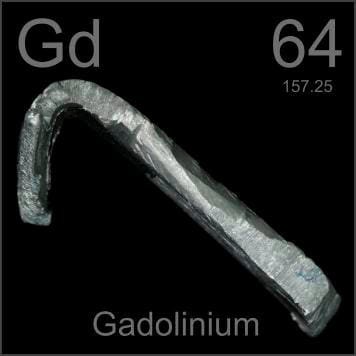 Gadolinium is a chemical element named after Johan Gadolin, a chemist, physicist, and mineralogist. It was first noted in 1880, with its discovery credited to J. C. G. de Marignac. The element was later isolated and announced by F. L. de Boisbaudran. Represented by the symbol “Gd,” gadolinium has an atomic number of 64, placing it in Period 6 and Group 3 of the f-block on the periodic table. Its relative atomic mass is 157.25(3) Dalton, with the figure in parentheses indicating the measurement’s uncertainty.
Gadolinium is a chemical element named after Johan Gadolin, a chemist, physicist, and mineralogist. It was first noted in 1880, with its discovery credited to J. C. G. de Marignac. The element was later isolated and announced by F. L. de Boisbaudran. Represented by the symbol “Gd,” gadolinium has an atomic number of 64, placing it in Period 6 and Group 3 of the f-block on the periodic table. Its relative atomic mass is 157.25(3) Dalton, with the figure in parentheses indicating the measurement’s uncertainty.
Related Product: Gadolinium Sputtering Target
Fluorine, also known as “fluorin,” is a chemical element that derives its name from the Latin word ‘fluere,’ meaning “to flow.” This element was first noted in 1810 by A.-M. Ampère, with its isolation and formal announcement later accomplished by H. Moissan. The chemical symbol for fluorine is “F,” and it holds the atomic number 9 in the periodic table. It is situated in Period 2, Group 17, within the p-block. The relative atomic mass of fluorine is 18.9984032(5) Dalton, with the number in parentheses indicating the uncertainty in the measurement.
Gadolinium Fluoride Sputtering Target Application
The gadolinium fluoride sputtering target is utilized in various applications including thin film deposition, decoration, semiconductor manufacturing, displays, LED and photovoltaic devices. Additionally, it serves in functional coatings and is used in the optical information storage industry, as well as in glass coating for automotive and architectural purposes. The material is also applicable in optical communication systems.
Gadolinium Fluoride Sputtering Target Packing
Our gadolinium fluoride sputter targets are carefully tagged and labeled externally to ensure efficient identification and strict quality control. We take great care in packaging and handling these targets to prevent any potential damage during storage or transportation, ensuring they reach you in optimal condition.
Get Contact
TFM offers Gadolinium Fluoride Sputtering Targets in various forms, purities, sizes, and prices. We specialize in high-purity thin film deposition materials with optimal density and minimal grain sizes, which are ideal for semiconductor, CVD, and PVD applications in display and optics. Contact Us for current pricing on sputtering targets and other deposition materials that are not listed.


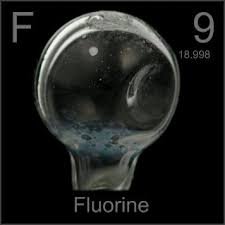
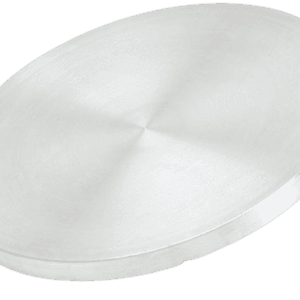
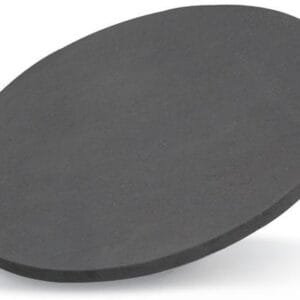
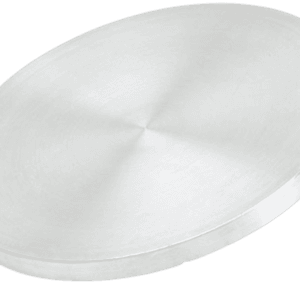
Reviews
There are no reviews yet.